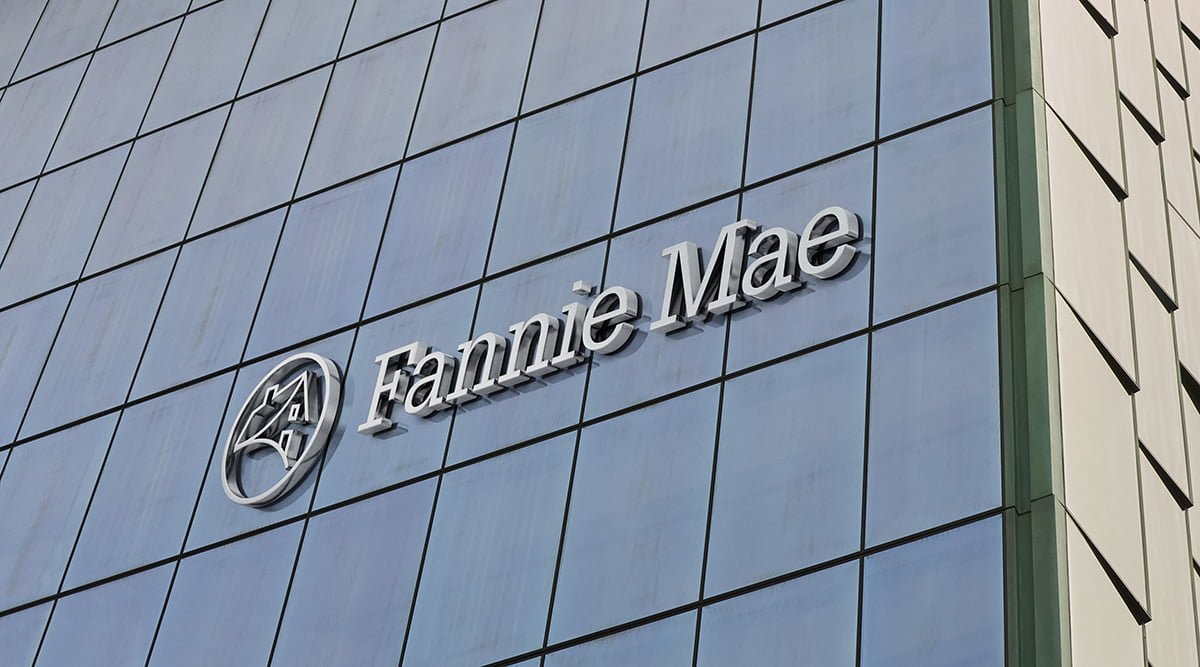Since the Federal Housing Finance Agency proposed the capital rule for Fannie Mae and Freddie Mac at 4%, the housing finance market has been in an uproar. Numerous experts have come forward and said that it’s too high.
Q2 2020 hedge fund letters, conferences and more
The government-sponsored enterprises themselves even publicly disagreed with it, making the first time they have ever opposed what the FHFA has said. While some believe the FHFA will push through the rule at the proposed 4%, one long-time preferred shareholder believes Fannie Mae's and Freddie Mac's capital rule won't be finalized at that percentage.
Comment period for Fannie Mae, Freddie Mac capital rule
Tim Pagliara of CapWealth Advisors has stuck with Fannie Mae and Freddie Mac for 12 years. He sees the GSEs as a value contrarian play. He also sees their preferred shares as a good thing to counterbalance some of the "wild speculation in the rest of the market right now.
Pagliara told ValueWalk in an interview that while many have expressed concern about the proposed numbers for Fannie Mae's and Freddie Mac's capital rule, he doesn't expect it to be finalized at the proposed percentage. The FHFA proposed the rule at 4%, but he noted like everyone else has that at 4%, the GSEs would be capitalized like banks.
He added that Fannie Mae and Freddie Mac don't need to be capitalized like banks because they only do mortgages and not a wide variety of lending like banks do. He said the comment period has gone exactly as it should, being a time for experts and entities to comment on the proposal.
Where will Fannie Mae's and Freddie Mac's capital rule be set?
The comment period was designed to give FHFA Director Mark Calabria feedback, and the point was that nobody was saying that the capital rule should be higher than what was proposed. There's only one way for it to go, and that's down.
"There's all kinds of adjustments he can make to create sustainability within the entities, meaning the taxpayers will never have to come in and bail them out again," Pagliara said. "The capital rule and how they evaluate that on an annual basis, how it relates to revenue, he still has a lot of room to tweak it."
The capital rule is aimed at protecting taxpayers and the GSEs from long-term cyclical trends. He noted that the entire market had those problems. However, Fannie and Freddie have been reformed, as the average credit score of its borrowers is 740.
COVID-19 has been good for the GSEs
Pagliara also believes the COVID-19 pandemic has actually strengthened them rather than weakened them, as many have argued.
"The pandemic in many ways strengthened them as well because there's been a push toward residential housing," he said. "And there's a shortage; there's no oversupply like we had in 08 where people were walking away from their homes. Prices are firm, and people recognize the value of having a safe place where they can raise their kids and educate them."
Pagliara also pointed out that 40% of the total book of mortgage business is in the process of being refinanced at record low interest rates, which also builds strength. He noted that people aren't going to default on their homes if they have jobs. He also said there's a demographic shift going on as more and more people want single-family homes.
Calabria will loosen the capital rule for Fannie Mae and Freddie Mac
Pagliara also said some long-term shareholders or sources of capital for the GSEs after they have been released from conservatorship have weighed in on the capital rule. He believes Calabria will listen to them because they will provide funds to recapitalize Fannie Mae and Freddie Mac.
Fannie Mae's and Freddie Mac's capital rule has to be correct so investors can buy and hold their stock for the next 20 or 30 years. When I asked Pagliara where he thinks the capital rule will be set, he noted that the starting point is 2.5%, based on the stress test results.
The GSEs are unique businesses that only do mortgage lending, so they don't have to be capitalized like banks. So instead of the 4% that has been proposed, 2.5% would be the minimum. Pagliara believes that in order to build a strong moat around Fannie Mae and Freddie Mac and give them "incredible balance sheets," the capital rule could be set at 3% or 3.25%.
At 4%, the GSEs would have to have a combined $243 billion in capital, but at 2.5%, that amount would drop to $152 billion, according to Gabriella Heffesse at ACG Analytics. At 3%, Fannie and Freddie would have to have $182 billion set aside, while at 3.25%, they would have to have $197 billion. The numbers are based on the adjusted total assets of $6.072 trillion, recorded on Sept. 30, 2019.







